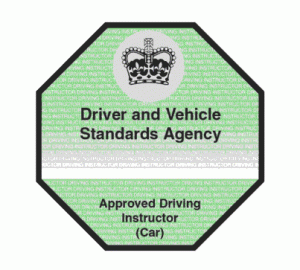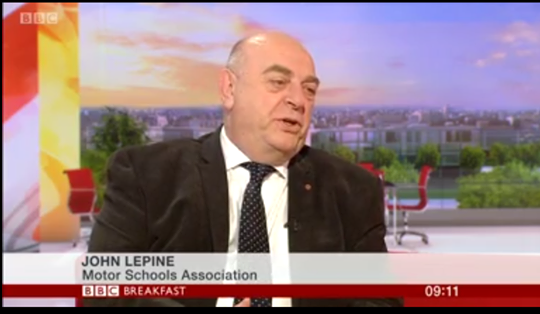
In a previous issue of my Blog (published 7th December 2017) and in the January issue of Newslink I wrote about how a short appearance on TV provoked a somewhat fierce response on social media.
Thanks to all those who got in touch, most to say I was not that bad. Dave Vicary, from Liverpool, got in touch and said ‘I have just received my magazine. I have only read the first few pages but I want to say that I disagree with everything derogatory that people on social media have written about John Lepine.
Leave a Comment








